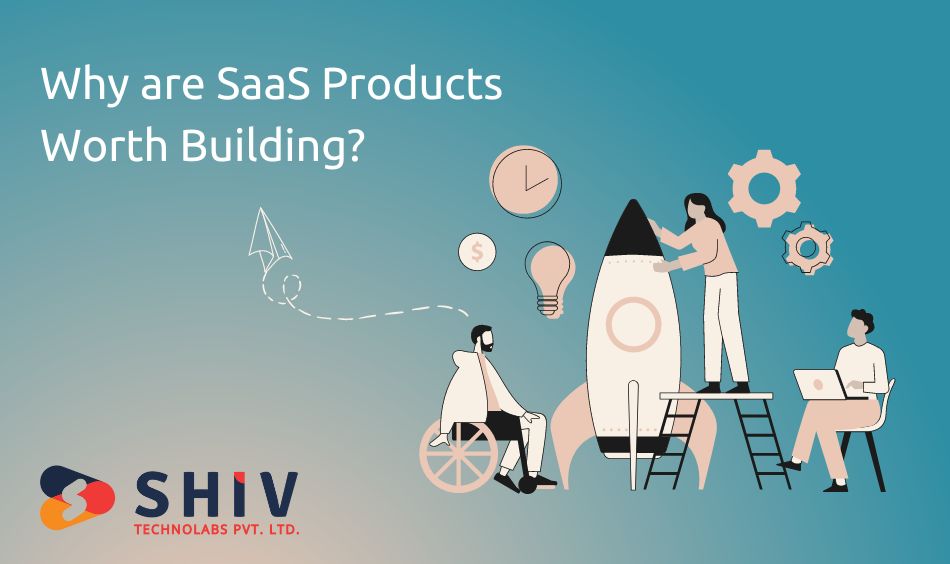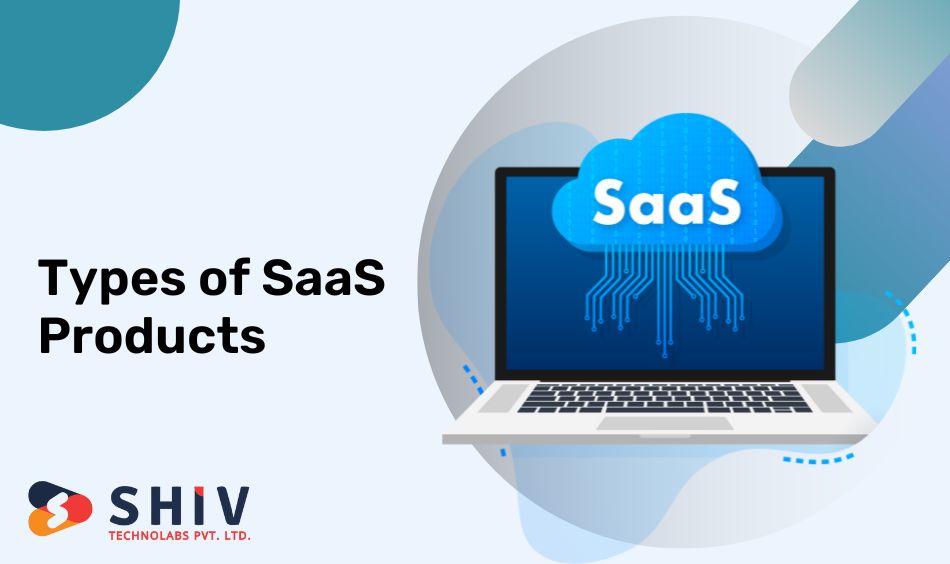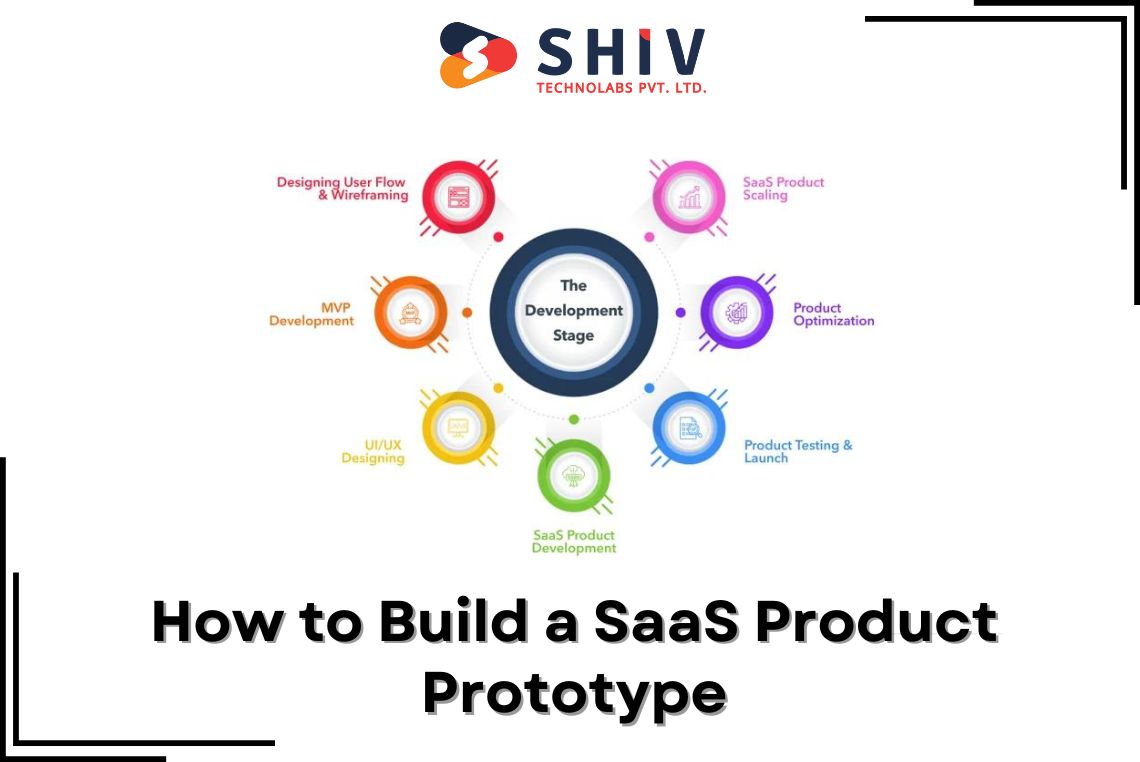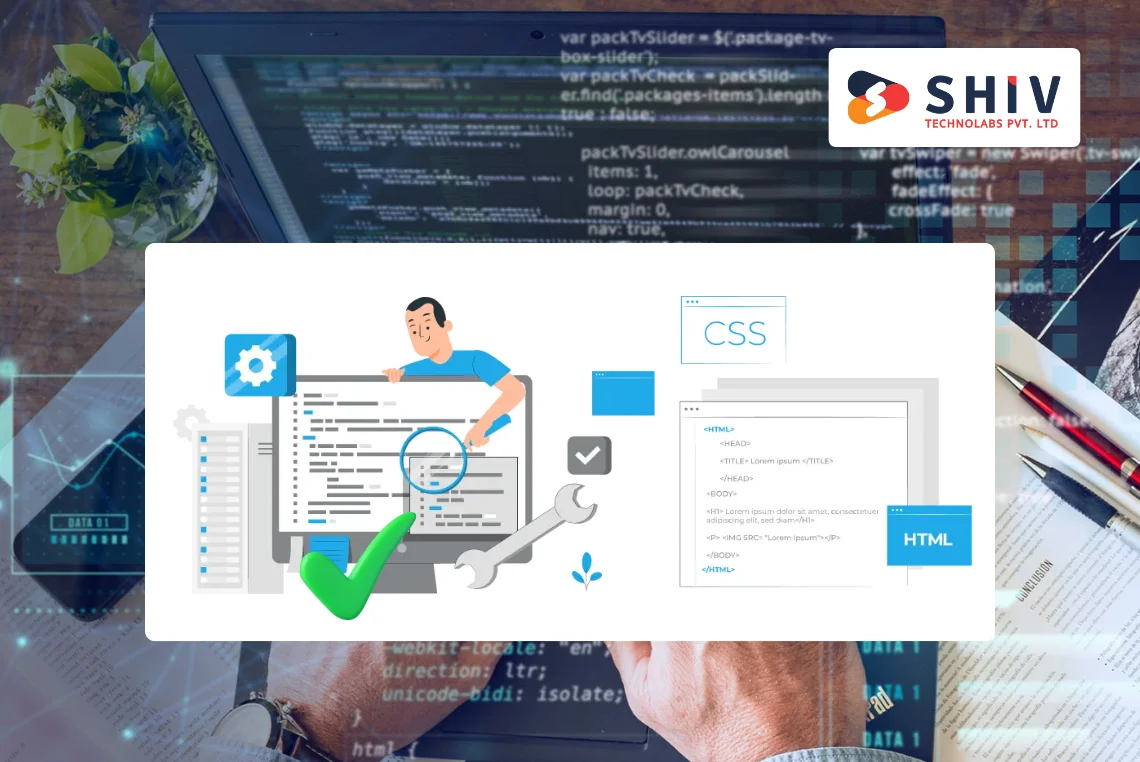Table of Contents
A SaaS (Software as a Service) product is a cloud-based application that users can access via the internet, typically through a subscription model. Unlike traditional software that requires installation on individual machines, SaaS products are hosted on remote servers, making them accessible from anywhere with an internet connection. This model allows for frequent updates, scalability, and reduced costs for both users and developers.
SaaS products range from simple tools designed for specific tasks to complex platforms that offer a wide array of services. Examples include CRM systems like Salesforce, collaboration tools like Slack, and data analytics platforms like Tableau. The flexibility and accessibility of SaaS products have made them a popular choice for businesses and individuals alike.
Why are SaaS Products Worth Building?

Building a SaaS product offers several advantages, both for developers and end-users. From a business perspective, the recurring revenue model inherent in SaaS allows for a steady and predictable income stream. This model also tends to foster strong customer relationships, as continuous service provision means ongoing interaction with users.
For users, SaaS products reduce the need for heavy upfront investments in software and hardware. They can subscribe to only the services they need, scale their usage up or down as required, and benefit from regular updates and new features without additional costs. The broad accessibility of SaaS products also opens doors to global markets, allowing developers to reach a wider audience.
Types of SaaS Products

SaaS products can be categorized based on their scope and target audience. Understanding these categories can help in defining the vision for your prototype.
# Narrow-Scope Horizontal Tools
These are specialized tools designed to address specific needs across various industries. Examples include project management software, email marketing platforms, and accounting tools. Their focus is on solving particular problems with precision, offering features tailored to specific tasks.
# Comprehensive Horizontal Platforms
Unlike narrow-scope tools, comprehensive horizontal platforms offer a wide array of features that can be applied across different industries. They are designed to be flexible and customizable, serving multiple functions within an organization. Examples include enterprise resource planning (ERP) systems and customer relationship management (CRM) platforms.
# Narrow-Scope Vertical Tools
These tools are designed for specific industries, addressing niche problems within a particular sector. For example, software that manages medical records would be a narrow-scope vertical tool tailored to the healthcare industry. These products are highly specialized and offer solutions that cater to industry-specific regulations and workflows.
# Comprehensive Vertical Platforms
These platforms combine the depth of narrow-scope vertical tools with the breadth of horizontal platforms. They offer a wide range of features tailored to specific industries, providing end-to-end solutions for complex problems. Examples include supply chain management software for manufacturing or comprehensive legal practice management systems.
What Constitutes a Minimum Viable Product?
A Minimum Viable Product (MVP) is the most basic version of a product that can be released to users. It includes only the essential features required to solve the core problem the product is designed to address. The goal of an MVP, often developed through custom software development services, is to validate the product idea with real users, gather feedback, and make iterative improvements based on that feedback.
An MVP allows you to enter the market quickly and test the waters without investing significant time and resources into a full-featured product. It’s a crucial step in the SaaS development process, as it helps identify potential issues, understand user needs, and refine the product before committing to a broader release.
What is the Best Framework When Building a SaaS Product?
Choosing the right framework for your SaaS product is critical to its success. The framework you select will depend on factors like the complexity of the product, the development team’s expertise, and the specific needs of your target audience.
Popular frameworks for SaaS development include:
- Ruby on Rails: Known for its simplicity and speed, Ruby on Rails is a popular choice for startups looking to get their MVP off the ground quickly. It follows the “convention over configuration” philosophy, which allows developers to focus on building features rather than setting up configurations.
- Django: Built on Python, Django is a robust framework that emphasizes security and scalability. It’s well-suited for projects that require handling large amounts of data and complex user interactions.
- Node.js: For real-time applications, Node.js offers non-blocking, event-driven architecture that allows for efficient handling of multiple concurrent connections. It’s a good choice for SaaS products that require high levels of user interaction.
- Laravel: Laravel is a PHP framework known for its elegant syntax and powerful tools for routing, authentication, and caching. It’s a strong candidate for building a SaaS product, particularly if your team has experience with PHP.
SaaS Product Development Cost
The cost of developing a SaaS product can vary widely depending on several factors, including the complexity of the product, the location of the development team, and the time required to build the MVP.
1. Development Team: Hiring a development team is one of the most significant costs in building a SaaS product. The cost will depend on whether you choose to hire an in-house team, outsource to a development company, or work with freelancers. Rates can vary significantly based on location, with developers in North America and Europe typically charging more than those in Asia or Eastern Europe.
2. Technology Stack: The choice of technology stack can also influence the cost. Some frameworks may require more specialized knowledge, which can drive up development costs. Additionally, licensing fees for certain tools or platforms may add to the overall budget.
3. Design and User Experience: Investing in design and user experience is crucial for the success of a SaaS product. A well-designed interface that is intuitive and easy to use can set your product apart from competitors. However, this often requires the expertise of specialized designers, which can increase costs.
4. Marketing and Launch: Beyond development, you’ll need to budget for marketing and promotion to attract users to your SaaS product. This includes everything from digital marketing campaigns to content creation and SEO.
5. Ongoing Maintenance and Updates: After the product is launched, ongoing maintenance and updates are necessary to keep it running smoothly and secure. This includes server costs, security patches, and feature updates.
How Long Does It Take to Build a SaaS Product?
The timeline for building a SaaS product depends on the scope of the project and the resources available. Here’s a general breakdown of the stages involved:
1. Research and Planning (4-6 weeks): This stage involves defining the product’s goals, identifying the target audience, and conducting market research. It also includes creating a roadmap and selecting the technology stack.
2. Design (4-8 weeks): During this phase, the product’s user interface and user experience are designed. This includes wireframing, prototyping, and creating the visual design.
3. Development (12-24 weeks): The development stage involves building the product, including coding the front-end and back-end, integrating APIs, and setting up databases. The timeline can vary depending on the complexity of the product and the size of the development team.
4. Testing (4-6 weeks): Once the product is developed, it undergoes thorough testing to identify and fix any bugs or issues. This stage includes both functional and user acceptance testing.
5. Launch and Marketing (4-8 weeks): After testing is complete, the product is ready for launch. This stage involves deploying the product to a live environment, executing marketing campaigns, and onboarding users.
6. Post-Launch Maintenance and Updates (Ongoing): After the product is live, continuous monitoring, maintenance, and updates are necessary to address user feedback, fix any issues, and add new features.
In total, building a SaaS product can take anywhere from 6 to 12 months, depending on the complexity of the project and the resources available. Starting with a clear plan, selecting the right framework, and focusing on user needs will help you navigate the challenges and bring your SaaS product to market successfully.
Conclusion
Building a SaaS product prototype is a multifaceted process that requires careful planning, the right technology stack, and a deep understanding of your target audience. By starting with a minimum viable product, selecting an appropriate framework, and budgeting for both development and ongoing maintenance, you can create a product that meets the needs of users and stands out in the competitive SaaS market. The journey may be complex, but with the right approach, you can build a successful SaaS product that provides real value to its users.
At Shiv Technolabs, we understand the intricacies involved in building a SaaS product prototype. As a trusted Custom Software Development Company in Canada, we focus on delivering tailored solutions that resonate with your target audience. Our expertise ensures that your product is meticulously planned, developed, and maintained to stand out in the competitive SaaS market. Partner with us to create a product that truly adds value to your users.



















